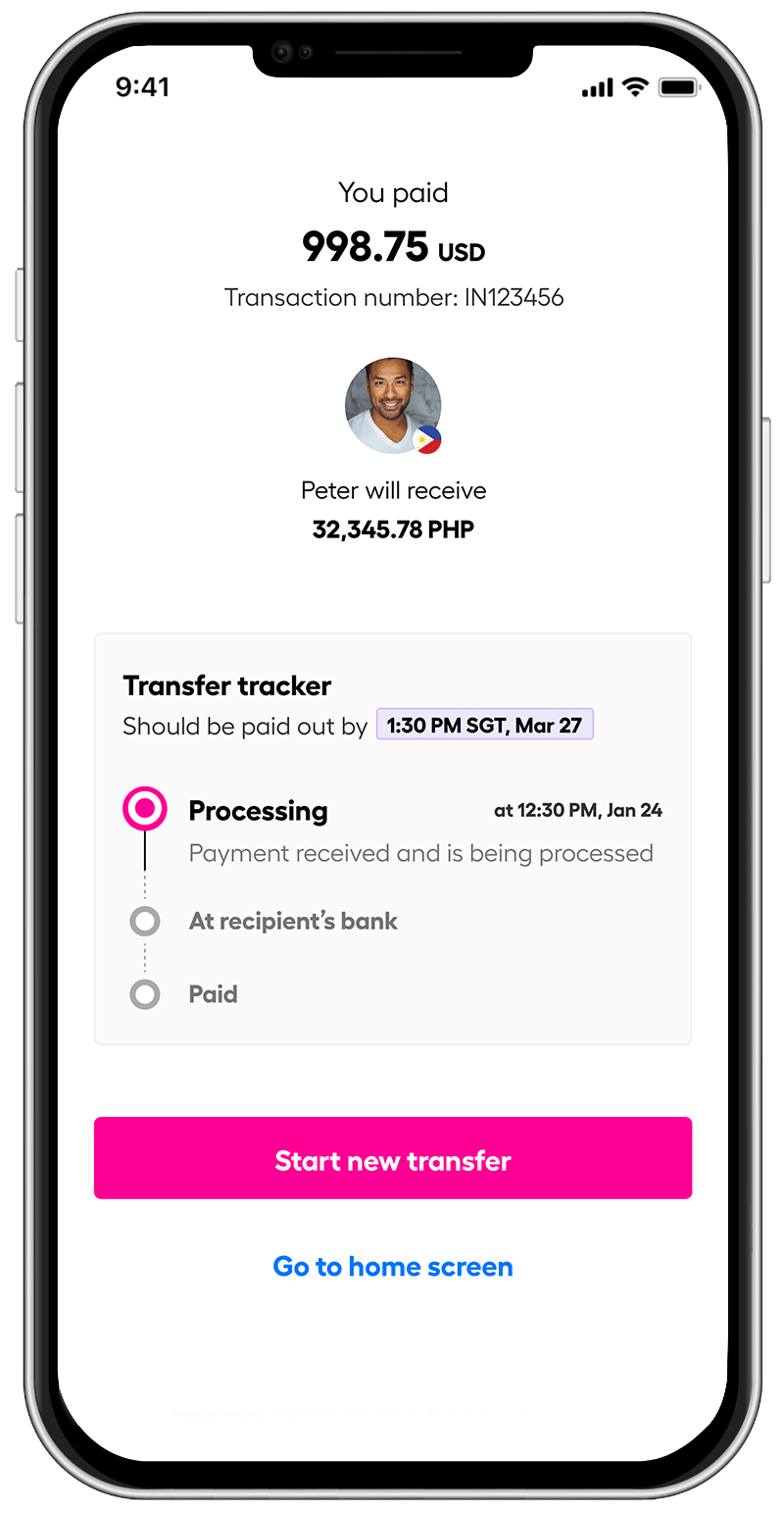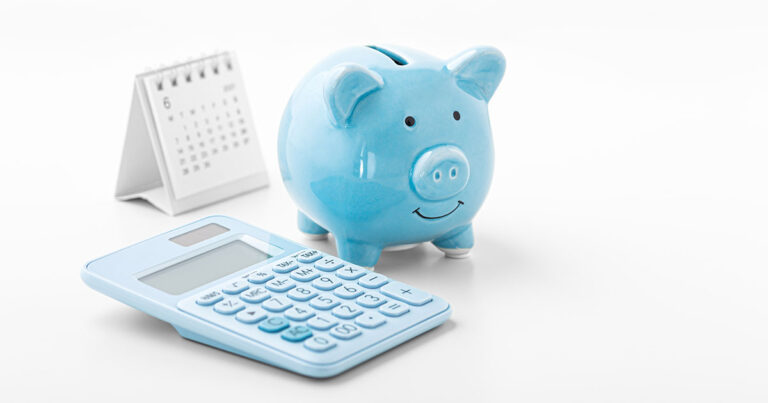An expat’s guide to rent in Australia: Your path to a smooth start

This article covers:
- Understanding local rental practices: the key to success
- Rent in Australia: What to look out for when renting a house?
- How to rent a property in Australia?
- Cultural and legal considerations: blend in like a true Aussie
- Tips for a smooth renting experience: a few extra hints for Australia rent
- Conclusion: Embrace the Adventure
- Before you go…
G’day, future expats! So, you’ve decided to embark on a new adventure Down Under and make Australia your home. Whether you’re drawn to the breathtaking landscapes, the bustling cities, or the promise of a brighter future, one of the first hurdles you’ll face is finding a place to call your own. Welcome to our comprehensive guide tailored specifically to help expats navigate the Australian rental market like a pro.
Understanding local rental practices: the key to success
Before we dive into the nitty-gritty, let’s address the elephant in the room: understanding Australian rental practices. It’s not just about finding a place; it’s about understanding how things work. The rental landscape here is as diverse as the Outback itself, and it’s crucial to know what you’re getting into.
How rent in Australia works?
The reality of navigating the nuances of rent payments, lease agreements, and market dynamics can be both intriguing and challenging. In this section, we will delve deep into the mechanics of how rent operates in Australia.
Rental market dynamics and types of properties
Australia’s rental market is as diverse as the wildlife that roams its unique landscapes. When it comes to houses for rent in Australia, you’ll find a wide array of options to cater to your preferences. Whether you’re looking for a cosy apartment with stunning urban views, a spacious house for your growing family, a convenient townhouse with modern amenities, or a compact unit perfect for singles or couples, you’ll have choices aplenty.
- Apartments: For those seeking the vibrant energy of city life, apartments are a popular choice. You’ll find a range of options, from sleek and modern high-rises to charming historic buildings with character. Many apartments come with convenient amenities such as gyms, swimming pools, and secure parking, making them a practical choice for urban dwellers.
- Houses: If you prefer the space and privacy of a standalone dwelling, Australia offers a variety of houses to suit different tastes. From charming cottages to spacious family homes with sprawling yards, you can find a house that matches your lifestyle. Houses often provide more room for families and the opportunity to create your ideal outdoor oasis.
- Townhouses: Townhouses strike a balance between the privacy of a house and the convenience of an apartment. They are often found in residential complexes and offer a middle-ground option for families or individuals seeking a low-maintenance lifestyle with shared amenities like gardens and recreational areas.
- Units: Units, also known as flats, are a compact and cost-effective choice, perfect for singles, couples, or those looking for a budget-friendly option. They are often found in apartment buildings or small complexes, offering a comfortable living space without the added responsibilities of a larger property.
While the diversity of rental properties in Australia is undoubtedly a plus, it’s important to understand that major cities can be fiercely competitive.
In Sydney, Melbourne, Brisbane, and other urban hubs, desirable rental properties can attract numerous applicants. This means that being well-prepared, having your documentation in order, and acting swiftly when you find a property that suits your needs are key strategies for securing your dream rental in these bustling cities.
As you explore the houses for rent in Australia, consider your lifestyle, budget, and location preferences. Each type of property offers its unique advantages, and finding the perfect fit will be a significant step toward making Australia your home. So, dive into the rental market with confidence, knowing that you have a multitude of options awaiting you in this beautiful and diverse country.
Rent payment frequency and methods in Australia
The choice of payment frequency typically depends on the rental agreement negotiated between you and the landlord. It’s important to check your lease carefully to know which schedule applies to your rental property.
In Australia, landlords and property managers understand the importance of convenience when it comes to rent payments. To accommodate tenants, various payment methods are commonly accepted:
- Bank Transfer: Bank transfers are the norm. This method allows tenants to transfer funds directly from their bank account to the property manager’s account. It’s a secure and efficient way to pay rent, and many property managers provide you with their bank account details for this purpose.
- Direct Debit: Some tenants opt for direct debit arrangements, which involve setting up automatic transfers from their bank account to the property manager’s account. This ensures that rent is paid consistently and on time, reducing the risk of late payments.
- Cheque or Money Order: While less common in today’s digital age, some landlords may still accept rent payments via cheque or money order. However, this method is gradually becoming less popular due to its inconvenience and the availability of more efficient options.
- Cash: In rare cases, landlords may accept cash payments, but this method is generally discouraged due to the lack of a clear paper trail and the potential for disputes over whether rent was paid.
It’s essential to clarify with your landlord or property manager which payment methods they prefer and accept. Additionally, ensure that you receive a receipt or confirmation of your payment for your records. This documentation can be valuable in case any questions or disputes arise regarding rent payments.
Rental agreements and lease terms
Most rental agreements in Australia run between 6 to 12 months, but exceptions exist. Get cosy with the fine print, especially regarding rent hikes and notice periods. No surprises!
Security deposits and bonds
What are rental bonds? They are basically just another term for a security deposit.
In Australia, rental bonds are typically equivalent to four to six weeks’ rent. This amount can vary based on the state or territory you’re renting in, so it’s essential to check local regulations. For instance, some states might set a maximum limit on the bond amount.
The primary purpose of a rental bond is to provide financial security for the landlord. It acts as insurance against any potential damage to the property beyond normal wear and tear or unpaid rent during the tenancy. Essentially, it safeguards the landlord’s interests in case anything goes wrong.
Rent in Australia: What to look out for when renting a house?
In this section, we’ll walk you through everything you need to know to find your dream home in Australia. With our guidance, you’ll be able to navigate the market with confidence and find the home that suits your needs, preferences and budget. So, let’s dive in and explore the essential considerations you need to keep in mind when looking for a rental home in Australia.
Researching the local rental market
Do your homework! Research the local rental market to understand costs, availability, and neighbourhood vibes. Proximity to essential amenities like public transport, schools, and shops should be high on your checklist.
Understanding rental costs and budgeting
Budgeting is key. Rent isn’t the only expense – factor in utilities, insurance, and maintenance costs. Also, keep in mind that rent hikes can happen even during your lease.
Inspecting properties and evaluating features
Don’t just rely on online pictures; physically inspect properties. Check the property’s condition, appliances, and included features. If there are common areas, figure out how tenants can access them.
Checking the condition of the property
Document any existing damage or issues during your inspection to avoid disputes when it’s time to say goodbye.
Reviewing the rental agreement thoroughly
Read your rental agreement with the diligence of a koala munching on eucalyptus leaves. Make sure you understand all terms and conditions and don’t hesitate to ask your property manager if anything’s unclear.
How to rent a property in Australia?
Renting a property in Australia involves a series of essential steps, from gathering the necessary documents to going through the approval process. Let’s take a closer look at each of these steps to ensure you’re well-prepared for a smooth rental experience:
Preparing necessary documents
Gathering the required documents is your first order of business. Having these documents ready can significantly expedite the rental application process. Ensure you have:
- Proof of Identity: This typically includes a passport, driver’s license, or another form of government-issued ID.
- Income Statements: Proof of your ability to pay rent, such as pay stubs or employment contracts.
- Rental References: Past rental references from previous landlords can provide insights into your rental history and reliability as a tenant.
- Personal References: Personal references can vouch for your character and suitability as a tenant.
Finding properties through various sources
Australia’s diverse rental market offers a wealth of options, and there are various ways to discover available properties:
- Online Listings: Websites like Domain.com.au and realestate.com.au are invaluable resources for property listings. You can filter your search based on location, budget, and property type.
- Real Estate Agents: Local real estate agents have inside knowledge of the market and access to listings that may not be publicly advertised. Contacting them can be a strategic move.
- Word-of-mouth: Don’t underestimate the power of word-of-mouth. Friends, colleagues, and acquaintances may know of available rentals or have useful insights into certain neighbourhoods.
Contacting landlords or property managers
Once you’ve identified a property that piques your interest, it’s time to reach out to the landlord or property manager. Professionalism is key at this stage. Express your interest in a polite and courteous manner and inquire about scheduling a property inspection.
Attending property inspections
Property inspections are your chance to get a firsthand look at the property and assess if it meets your needs. Given the competitive rental market, punctuality is essential. Arriving on time demonstrates your seriousness as a potential tenant. Be prepared with questions to ask during the inspection, such as inquiries about maintenance or the local neighbourhood.
Submitting rental applications
Once you’ve found a property, you’re keen on, promptly complete the rental application. Ensure that all required documents, including references and financial information, are attached. In many cases, the application will be submitted directly to the property manager or landlord.
Going through the approval process
The approval process may vary from city to city, but typically, landlords or property managers aim to provide a response within a week. Be patient during this period, as they may need to verify your references and perform background checks. Be prepared to provide additional information or clarification if requested.
In conclusion, these steps are the building blocks of a successful rental process in Australia. By having your documents ready, utilizing various property search methods, maintaining professionalism in your communications, and being punctual and patient during property inspections and the approval process, you’ll increase your chances of securing your dream rental property in this vibrant and diverse country.
Cultural and legal considerations: blend in like a true Aussie
Navigating the cultural and legal aspects of renting in Australia is essential to ensure a harmonious and trouble-free tenancy. In this section, we will explore these considerations in detail:
Australian rent: culture and etiquette
Australia has a unique rental culture that places a strong emphasis on community and good neighbourly relations. As a tenant, it’s important to embrace this culture to foster positive relationships with both your neighbours and landlord. Here’s how you can blend in like a true Aussie:
- Community Involvement: Get to know your neighbours and be an active member of your local community. Participate in neighbourhood events or gatherings and consider hosting a barbecue or a friendly get-together to build rapport with your neighbours.
- Respect for Property: Treat the rental property with care and respect. This includes maintaining the property’s cleanliness, adhering to any specific maintenance requirements outlined in your lease, and promptly reporting any issues or necessary repairs to the landlord or property manager.
- Quiet Enjoyment: Be mindful of noise levels and observe quiet hours to ensure that you don’t disrupt your neighbours’ peace and comfort. This includes refraining from loud parties or music during late hours.
Rights and responsibilities of tenants
Understanding your rights and responsibilities as a tenant for Australia rent is crucial for a successful and stress-free tenancy. Some key points to keep in mind include:
- Property Maintenance: It’s generally the tenant’s responsibility to maintain the property in a clean and tidy condition. This includes regular cleaning, yard maintenance (if applicable), and promptly reporting any maintenance issues to the landlord or property manager.
- Rent Payment: Pay your rent on time and in accordance with the terms of your lease agreement. Timely rent payments are not only a legal obligation but also contribute to positive landlord-tenant relations.
Where to rent in Australia: choosing the perfect location
Selecting the right location for your rental property is a significant decision that can greatly impact your daily life. When making this choice, consider the following factors:
- Proximity to Work: Choose a location that minimizes your daily commute to work or other important destinations. This can save you time and reduce transportation costs.
- Amenities: Ensure that the neighbourhood has the amenities you need, such as grocery stores, schools, healthcare facilities, and recreational areas.
- Public Transport: Access to reliable public transportation can be a significant advantage, especially if you rely on it for daily commuting.
- Lifestyle: Consider your desired lifestyle and surroundings. Do you prefer a bustling urban environment, a peaceful suburban setting, or the tranquillity of a rural area?
Legal aspects of renting: tenant protections and laws
Tenant protections and rental laws can vary between Australian states and territories. It’s important to be aware of the legal framework in your specific location. Some common tenant protections and legal aspects include:
- Security Deposits: Understand the rules governing rental bonds (security deposits) and their return at the end of your tenancy.
- Rent Increases: Be aware of the regulations regarding rent increases in your area, including the notice period required by landlords.
- Tenancy Agreements: Familiarize yourself with the terms and conditions of your tenancy agreement, as well as any special conditions that may apply.
Navigating landlord-tenant relationships: smooth sailing ahead
Positive relationships with your landlord or property manager can enhance your renting experience. Here are some tips for smooth navigation:
- Open Communication: Maintain open lines of communication with your landlord or property manager. Promptly report any issues or maintenance requests and keep them informed of any changes in your circumstances.
- Issue Resolution: Address any concerns or disputes promptly and professionally. Many issues can be resolved through constructive communication.
By considering these cultural and legal considerations and proactively building positive relationships with your neighbours and landlord, you’ll create a harmonious rental experience in Australia and truly feel at home in the Land Down Under.
Tips for a smooth renting experience: a few extra hints for Australia rent
A smooth renting in Australia goes beyond understanding the basics of rental agreements and cultural considerations. It involves actively contributing to a positive landlord-tenant relationship and ensuring the well-being of your rental property. Here are some additional hints and tips to help you achieve a seamless and enjoyable tenancy:
Building a good rental history
- Timely Rent Payments: Consistently pay your rent on time or before the due date. This not only fulfils your financial obligation but also demonstrates your reliability as a tenant.
- Responsible Property Care: Treat the property with care and respect, as if it were your own. Regular cleaning and maintenance help preserve the property’s condition, reducing the likelihood of disputes at the end of your tenancy.
- Compliance with Lease Terms: Adhere to the terms and conditions outlined in your lease agreement. This includes respecting any specific rules related to pets, smoking, or other property-related matters.
- Responsible Pet Ownership: If you have pets, ensure they are well-behaved and do not cause damage to the property. Comply with any pet-related clauses in your lease agreement.
Establishing communication with landlords
- Regular Updates: Keep your landlord or property manager informed of any significant changes or issues related to your tenancy. This includes changes in your contact information, unexpected repair needs, or any plans to vacate the property.
- Prompt Reporting: If you encounter maintenance or repair issues, report them promptly through the designated communication channels. Many property managers offer online platforms or portals where tenants can submit requests, making the process efficient and trackable.
- Professional Conduct: Maintain a respectful and professional demeanour in all your communications with your landlord or property manager. Effective communication fosters trust and collaboration, making issue resolution smoother.
Understanding maintenance and repair procedures
- Reporting Issues: Familiarize yourself with the procedures for reporting maintenance and repair issues. Typically, you will have access to an online platform or contact information for your property manager or maintenance team.
- Emergency vs. Non-Emergency: Differentiate between emergency and non-emergency maintenance requests. Urgent issues, such as water leaks or electrical problems, should be reported immediately to ensure a swift response.
- Follow-Up: After reporting an issue, follow up with your property manager if necessary. Ensure that the issue is being addressed within a reasonable timeframe.
- Documenting Issues: For your protection, document any issues or requests in writing. Keep records of communications and any maintenance-related documents or receipts.
Conclusion: Embrace the Adventure
Finding houses for rent in Australia as an expat can be an enriching experience when you’re prepared and informed. Embrace the adventure, stay adaptable, and make the most of your time in this beautiful country. Continuous research, preparedness, and cultural sensitivity are your keys to a successful rental experience in Australia. So, mate, get out there and find your dream Aussie pad!
Before you go…
Australia is an amazing country to explore and build a new chapter of your life. Whether you’ve just arrived or are in the midst of planning your move, settling down is an exciting process. As you embrace your new surroundings, don’t forget to keep your loved ones back home around the world close by.

*rates are for display purposes only.
Sending money overseas with Instarem is a great way to do just that. With its easy-to-use app, you can transfer money overseas swiftly and simply to over 60 different countries.

As a licensed and regulated provider, you can sit back and relax, knowing that your money is in good hands when it’s on its way to your loved ones.
Give Instarem a try and see for yourself how easy international money transfers can be.
Try Instarem for your next transfer by downloading the app or sign up here.
Disclaimer: This article is intended for informational purposes only. All details are accurate at the time of publishing. Instarem has no affiliation or relationship with products or vendors mentioned.



























